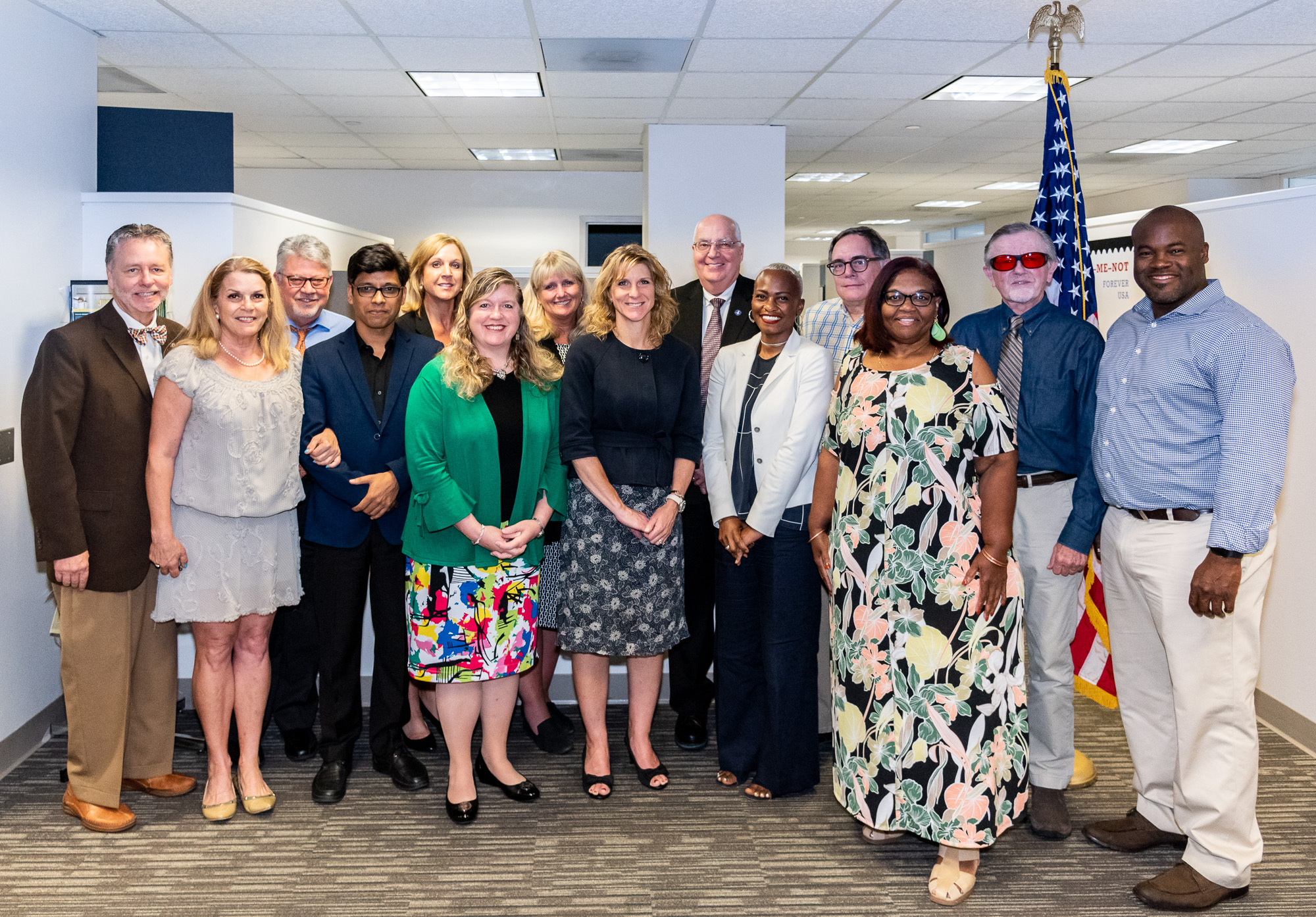On July 15, 2019, restorative justice advocates and practitioners from across the country joined OJJDP leadership in Washington, DC, to begin preparing an OJJDP guide that will help jurisdictions implement effective restorative justice programs.
Restorative justice focuses on balancing the interests and needs of victims/survivors, offenders, and communities. It also holds offenders personally accountable not only to their victims, but also to the community at large—often through face-to-face meetings and reparative actions such as financial restitution to victims, the repair of victims’ damaged property, or work for the betterment of the community.
—Anne Seymour
Director of the Fairness, Dignity & Respect for Crime Victims & Survivors Project
Many victims report they benefit from restorative justice programs and are more satisfied with these programs than traditional approaches to juvenile justice. Face-to-face meetings in which young offenders take responsibility for the harm they have caused—followed by actions to repair the harm—constitute a powerful form of accountability that can transform a young person’s life and at the same time build practical skills through community service projects.
Over the past several decades, restorative justice practices have expanded rapidly and now involve multiple models and approaches. “The juvenile justice field has never really settled on a set of definitions, principles, and practices that guide restorative justice,” Administrator Harp said. “Practitioners need guidance on what they can expect to see in a restorative justice process, and what the practical outcomes of the process are.”
The working group’s daylong meeting considered a range of possible topics for the restorative justice guide, including—
- Decision points in the juvenile justice system that may be most effective for restorative justice practices—and how practices may differ for each decision point.
- Alignment of jurisdictions’ restorative justice practices with existing laws.
- Specialized training for judges and other courtroom personnel on the range of restorative justice options that are available in a given jurisdiction.
- Importance of ensuring confidentiality and, for the victim, autonomy.
- The role of trauma in the lives of crime victims as well as offenders, and the “vicarious trauma” potentially experienced by other participants (e.g., facilitators of victim-offender conferences) in the restorative justice process.
- Importance of neutrality on the part of facilitators who lead victim-offender conferences and dialogs.
- Unique characteristics (including culture, ethnicity, and gender) of victims and offenders.
- Needs assessments for both victims and offenders, and risk assessments for offenders.
- Use of restorative justice practices when conflicts arise in community-based settings (e.g., schools and youth-serving organizations) as a means of deterring youth from later delinquent behavior.
The working group will meet several times over the next 2 years, with the goal of producing a user-friendly guide that offers standard definitions for the components of restorative justice and for its foundational values. The guide will describe planning and implementation, best practices, and the use of outcome measures to assess program effectiveness. It also will provide a framework that engages all juvenile justice system stakeholders—including law enforcement officers, judges, prosecutors, victim advocates, defense attorneys, and probation personnel—in the restorative justice process. “The goal is to give practitioners a more ingrained understanding of what restorative justice is,” said Administrator Harp.
 Front row (from l. to r.): Judge Steve Teske, Anne Seymour, Ramkanta Tiwari, Christina McMahan, Laura Corbett Wilt, Chyrl Jones, Sharletta Evans, Mark Umbreit, Pastor Travis Claybrooks. Back row (from l. to r.): Jon Powell, Sandra Pavelka, Caren Harp, James Backstrom, Doug Thomas.
Front row (from l. to r.): Judge Steve Teske, Anne Seymour, Ramkanta Tiwari, Christina McMahan, Laura Corbett Wilt, Chyrl Jones, Sharletta Evans, Mark Umbreit, Pastor Travis Claybrooks. Back row (from l. to r.): Jon Powell, Sandra Pavelka, Caren Harp, James Backstrom, Doug Thomas.Resources:
The Office has created a mailbox that the public may use to submit comments, suggestions, and ideas on the topic of restorative justice. The feedback may inform the working group discussion and the planned restorative justice guide.
A Restorative Justice In Focus webpage that offers information about restorative justice practices, the working group members, and links to helpful resources will be released shortly.
